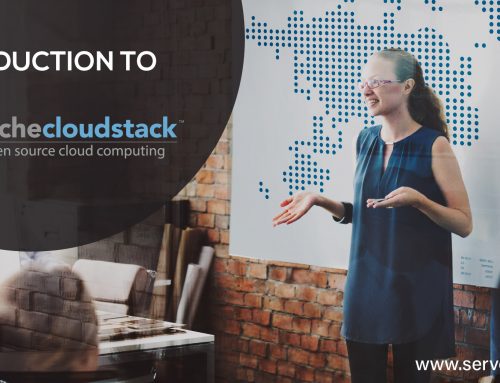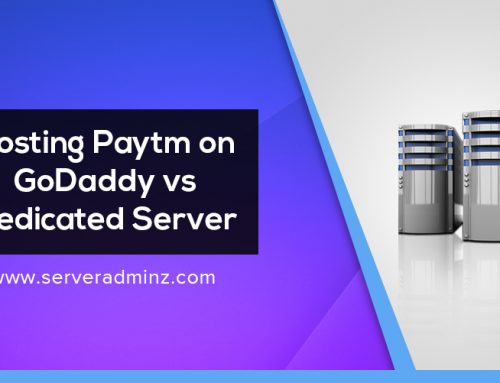What we previously saw only in imaginary sci-fi movies is slowly becoming reality. In 2015, we saw several new technologies such as cloud technology and Internet of Things making giant leaps. It made Infrastructure management services different, with new challenges. This year, cloud and IoT have gained much more relevance and larger number of enterprises has acknowledged it.
In 2017 we are sure that Infrastructure management services are going to be quite different from how it was ever before. The following would be the major changes:
Cloud-Managed Infrastructure: In 2016, we saw cloud making its presence across industries. There are various cloud managed applications in the IT sector, e-commerce, etc. Cloud managed infrastructure is far simpler with better accessibility and business agility. Physically managed infrastructure is still preferred by a number of enterprises. But it can change if private clouds get their own version of cloud managed architecture.
Digital Disruption: A buzz word in 2015, digital disruption took off very quickly. Technology is evolving at break neck speed with no signs of slowing down. Enterprises have to see opportunities in new technologies and adapt to them in quick time. The high competition leaves no space to contemplate for long. If they do, the competition would be miles ahead and they will have a lot of catching up to do.
A number of disruptive technologies arrive at the scene with new ways to provide better experience to the customer. And that has always been the focus of digital enterprises – to provide the best experience to customers.
Customer experience gets centre stage: As mentioned above, customer experience is indeed the primary concern of every enterprise; now more than ever. All the other spheres have evolved and the competition is unbelievably high. Now, the only way for enterprises to stand out from the crowd is by providing the best customer experience (CX).
The experience has to be optimal wherever they come in contact. All the other changes have this one aspect as the final focus. Hence infrastructure management services have to be done in such a way that there is minimal disturbance to the end user.
Increasing emphasis on quality: Increasing challenges make it highly difficult for self reliant companies to produce quality applications. But if an enterprise has to stay ahead of the pack, they will have to squeeze the treasury and provide good quality applications. Quality should be brought in by means of increased automated systems which would also drastically change employee definitions.
Internet of Things: The dependency of manual unskilled labour will decrease and the demand for skilled labour would rise. Enterprises would cut down on the number of employees and would opt for highly skilled resources for optimizing infrastructure management with the help of automated systems. This would in fact, increase the productivity two folds.





Leave A Comment
You must be logged in to post a comment.